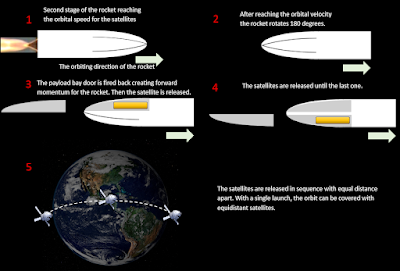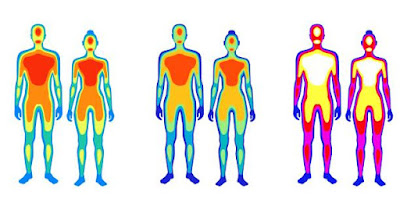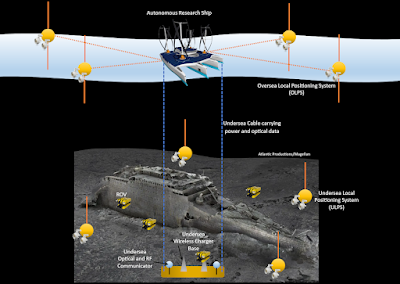The Mega Firm has many aspects that I will discuss separately. I will start with its work. It will mainly provide services using technologies it developed. The main objective of the firm is to develop autonomous swarm bots. This goal requires diverse infrastructure which require perfect integration. Due to immense amount of subject there would be more than one mega firm. One will be responsible with the development of operating system, global databank and relevant software. The other will be developing the bots and their components. The last one will develop and provide services utilizing the bots.
The work within the companies will be carried out following the processes developed and improved continuously. Therefore, they all need a central business management platform. This is the very first thing needs to be developed else as the companies expand, they would be uncontrollable. Requesting or following works using emails, phone, messenger platforms will not be well received. Globally defined forms and processes will be the only way of doing work. The employees will be continuously encouraged to enhance these forms and processes to keep them up to date with current needs.
Since 1990s computers are the essentials of all the business. Unfortunately, for the last decades the operating systems and the software running on them became so short lived. Therefore, the mega firm need to develop its own operating system that don’t change so often and require so much resources to run. Additionally, it shouldn’t support old technologies and be user friendly. No current OS satisfies these needs. The same is true for the productivity software as well. Even though developing everything in house sounds cumbersome and inefficient, in the long run this strong basis would allow the firm to develop much complex systems faster with less bugs. The operating system used to develop the machine will also be used by the machine itself. Additionally, some of the functions developed for the productivity software will also be used by the machines themselves. Perfecting one will benefit both worlds. I developed this necessity from my past experience. I had written mobile apps. Unfortunately, I had to rewrite everything every year in order make it compatible with the yearly OS releases. Additionally, the productivity software is complex and take time to get used to. By the time you are easy with the interface, they change it completely. All these things add up to inefficiency for the R&D team. This change pace scares the talented people and reduces the available human resources.
The immense amount of work requires new ways of motivating the employees. I propose a computer game like awarding and promotion system. Every work will be divided into small parts that can be completed in hours. The employee will choose a task and complete and submit it. Each work submission will be awarded with its initial submission price money. The work will be reviewed which will earn money for that person as well. The problems will be fixed by the work submitter free of charge. The money earned will be paid to the employee the next day including the weekends. The amount and quality of the work completed will earn status points for the employee which determine its ranking within the company. If one works hard, he/she can earn money and ranking in short time. No one needs to wait for the yearly promotion dates. Higher salary and promotion are earned by hard work not networking and personal relations like in other firms. Else such demanding work cannot be completed. Big changes require high momentum. That is the reason such objective systems should be developed.
Listing the tasks on the bulletin and expect the employees to solve them efficiently is not realistic. There should be a knowledge base to guide the employees in solving these problems. The knowledge base would be written text, video or live support from experienced employees. Helping others and sharing experience earn money and status for the employee doing it. Therefore, knowledge sharing is encouraged with a win-win approach. I would like to share two of my experiences on this. There was a tv show where a young guy tested the ways of increasing one’s performance. The goal was to decrease the sprint time of the guy over a 100 m track. Initially, a person with a bicycle rode in front of him with money attach at its back. It wasn’t enough to increase his speed. Then, a dog chased him which didn’t have a major effect as well. Finally, a sprinter came and taught him the tricks of sprinting. The result was a clear success. In the second example, the guy was me. During my military service, I had the pass a long jump course. I didn’t know the tricks of long jumping. I just ran on the track with my legs wide open and fell a little short of the minimum distance. Just before my second attempt, I heard somebody silently saying “run with smaller steps”. I did what he told me and I jumped the required distance. The moral of the story is promotions and punishments don’t affect much unless you teach people how to do it properly.
In the mega firm one can become a higher-ranking officer only
if he/she keeps sharing his/her experiences with others. This system is used to
somewhat eliminate the power-hungry people trying to reach the upper levels.
Additionally, no one in the firm would have super powers. The upper management
will be composed of directors and vice president of directors. These positions
will change after six months; vice presidents will be directors and the
directors will become vice presidents. Each directorate will have
one male and one female manager. This ensures equal male female distribution on
the upper management at all times. The CEO and the Vice President of the
company will be selected among these directors and will only serve for a year.
No one will hold power for a long duration. The aim of this system is to
distribute the wealth and status more evenly within the firm. The upper
managers will not get mega salaries and huge powers which wouldn’t be
attractive for power hungry people. The objective is to establish a self-optimized
system that depends less on managers for success. Making decisions on consensus
is critical. Therefore, the employees will be taught and promoted to have a
wider point of view. Only the ones who have wider point of view will be eligible
for upper managers. The ones who keep insisting on the same subject and miss
the big picture will have limited status ranking.



































